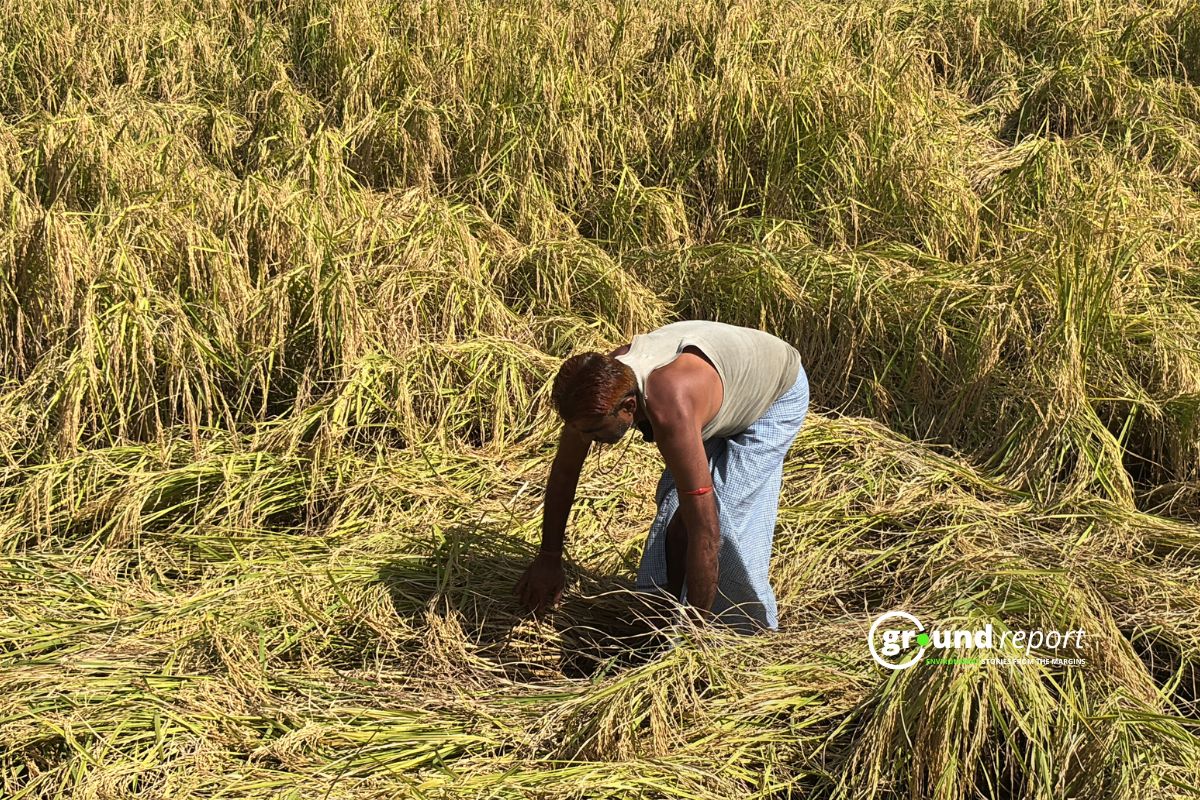Learn how to protect yourself and your loved ones during a thunderstorm. Being outside when there is lightning is not something to be taken lightly. Although the chances of being struck by lightning are less than one in a million, lightning still poses a serious and potentially fatal hazard.
The weather forecast anticipates a slight chance of a thunderstorm, but you look up and can barely see a few fluffy white clouds. So you and your tennis partner grab your tennis rackets and balls and head out onto the court.
Protect yourself from lightning in thunderstorms
You can protect yourself from risk, even if you’re struck by nearby lightning when you’re outside.
- If the weather forecast anticipates a thunderstorm, postpone your trip or activity.
- Remember: If you hear a roar of thunder, go inside. Find a safe, closed shelter. Examples of safe havens are homes, offices, shopping malls, and hardtop (not canvas) vehicles with the windows rolled up.
- Don’t forget the 30-30 rule. When you see lightning, start counting to 30. If you hear thunder before you reach 30, go inside. Suspend activities for at least 30 minutes after the last thunderclap.
- If you are out in the open, act quickly to find adequate shelter. The most important thing to do is to get away from danger. Crouching low or low to the ground may reduce your chances of being struck by lightning, but it doesn’t keep you out of harm’s way. If you are outside without a safe shelter nearby, the following steps may reduce your risk:
- Immediately leave elevated areas such as hills, mountain ridges, or peaks.
- Never lie down on the floor. Squat down in a ball with your head down and hands covering your ears so that you are low to the ground and make minimal contact with it.
- Never take shelter under an isolated tree.
- Never use a cliff or rock ledge as a shelter.
- Immediately move away from ponds, lakes or other bodies of water.
- Stay away from objects that conduct electricity (such as barbed wire fences, power lines, or windmills).
- Stay off concrete floors and walls. Lightning can travel through wires and metal bars in concrete floors and walls.
Safety precautions when indoors
Being indoors does not automatically protect you from lightning. In reality, about one-third of lightning injuries occur indoors. The following tips are to keep you safe and reduce your risk of being struck by lightning while indoors.
- Avoid contact with water during electrical storms. DO NOT bathe, shower, wash dishes, or have any other contact with water during a thunderstorm. Lightning can travel through pipes.
- Avoid using electronic equipment of any kind. Lightning can travel through electrical systems and radio and television reception systems.
- Avoid using corded phones. Corded phones are NOT safe to use during an electrical storm. However, cell phones and cordless phones are safe during storms.
- Avoid concrete floors and walls. DO NOT lie on a concrete floor during a lightning storm. Also, avoid leaning against concrete walls. Lightning can travel through wires and metal bars in concrete floors and walls.
What is the 30-30 rule for lightning?
The 30-30 rule is a guide to help you understand when to seek shelter during a thunderstorm. If you see lightning, you must count to 30. If you hear thunder before you reach the end of your count of 30, you must move indoors to safety.
Every five seconds equals approximately one mile of distance between you and the beam. If lightning strikes within six miles of you, you should seek shelter. Therefore, anything less than 30 seconds between a lightning strike and the corresponding thunderbolt means the lightning is too close for comfort.
Once you stop hearing thunder, you should wait 30 minutes before returning to outdoor activities. This provides enough time for the thunderstorm to completely leave your area.
Support us to keep independent environmental journalism alive in India.
Keep Reading
MP farmers battle stray animals, sleepless nights to protect crops
Indore’s Pipliyahana Lake struggles to survive, even after conservation measures
Costliest water from Narmada is putting financial burden on Indore
Changing weather pattern impacts soybean crops in Dewas region of MP
Follow Ground Report on X, Instagram and Facebook for environmental and underreported stories from the margins. Give us feedback on our email id greport2018@gmail.com.
Don’t forget to Subscribe to our weekly newsletter, Join our community on WhatsApp, Follow our Youtube Channel for video stories.









